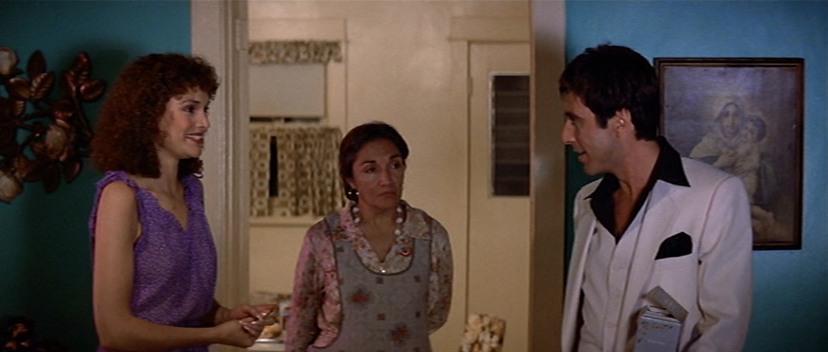CREATED IN BUILD-UP TO PRESENTATION OF 'BLOW OUT' THURSDAY AT LA CINEMATHEQUE FRANCAISE
The video above, a "supercut" of the God's-eye viewpoint throughout Brian De Palma's cinema, was created by La Cinémathèque Française in preparation for a screening of Blow Out taking place today (March 16th). The screening will be followed by a discussion with the philosopher and musicologist Peter Szendy.
The following description of the video presentation was written by Bernard Benoliel (Director of Cultural and Educational Action at the Cinémathèque Française) and Xavier Jamet (webmaster at Cinémathèque Française), translated with the help of Google Translator:
From the beginning (the end of the 60s) and until today (Passion, 2012), and tomorrow still certainly, the staging of Brian De Palma will never cease to play the game of cat and mouse. But in a version where the roles are constantly reversed: to be beaten at one's own game...Split screens, double focal lengths, slow motion, 360-degree panning, dives and counter-dives, multiplication of angles and axes, aerial camera, so many ways to expose a mise en scène or to sum up all reality to its mise en scène. In short, a sophisticated device of signs as so many indices that give the viewer the illusion of his omniscience: if all reality holds in its staging as in a box, then nothing is supposed to escape the one who Looks in the box. De Palma likes nothing more than to drive the spectator-voyeur, to make him go around the owner, to direct his glance and to designate a detail (to better conceal another). Is that not the very subject of Body Double?
The vertical plunge holds a place of choice in the De Palma fireworks. It is even a recurring motif of his work, a motif that is often quickly interpreted as a tribute to Hitchcock (the opening credits of North by Northwest, the staircase of Psycho, the tower of Vertigo, the pipe organ of Secret Agent…). In the visual economy of the cinema of De Palma, it is also the ultimate ruse: the zenithal point of view seems to make each spectator a god. Nothing escapes it apparently, everything is given to see and everything is seen, the foreground doubled as background. But this phantasm of all power makes him forget his constitutive infirmity: the spectator, like a character of De Palma, has no eyes in the back (if it were otherwise, Carlito would still be alive ...). It is there, at his back, that De Palma stands, and with him the truth of all his staging: there is always someone or something that looks at the one who looks. As in a game of mirrors, or in the painting by Magritte (Not to be Reproduced), one is always seen as "the eye was in the grave and looked at Cain" (Victor Hugo , La Conscience).
(Thanks to Donald!)
Updated: Thursday, March 16, 2017 8:06 AM CDT
Post Comment | Permalink | Share This Post





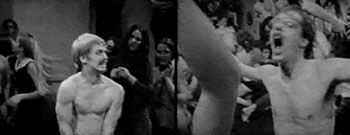
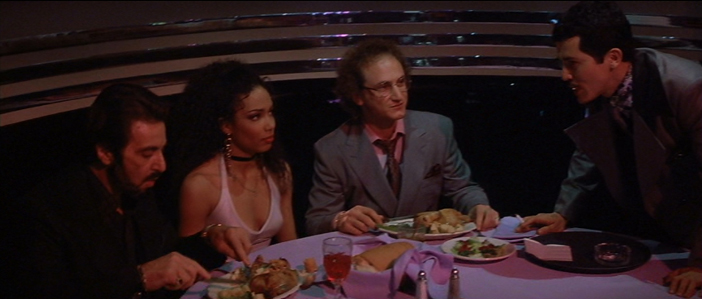
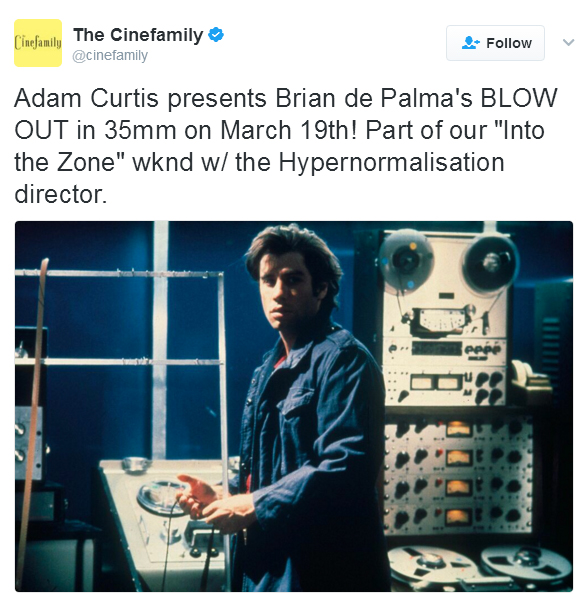
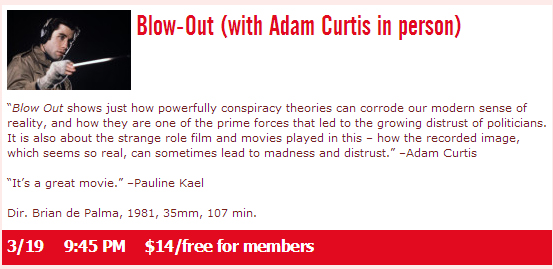
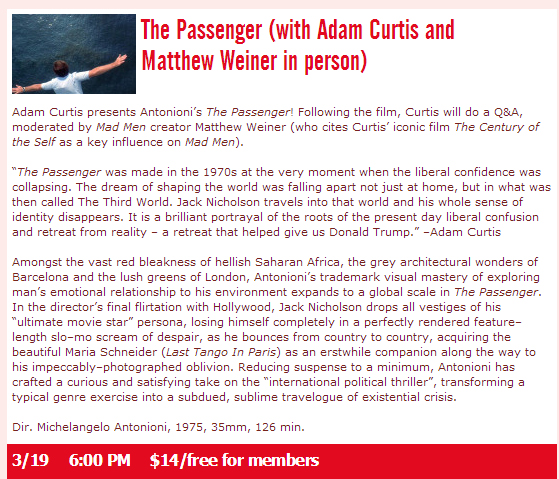
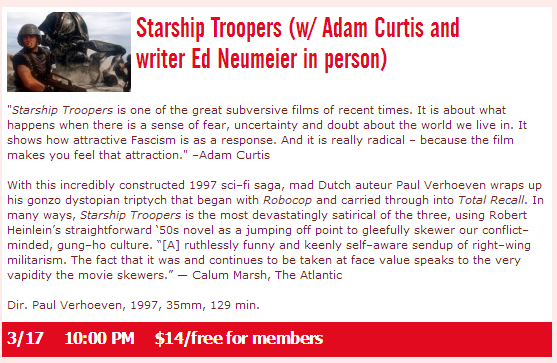
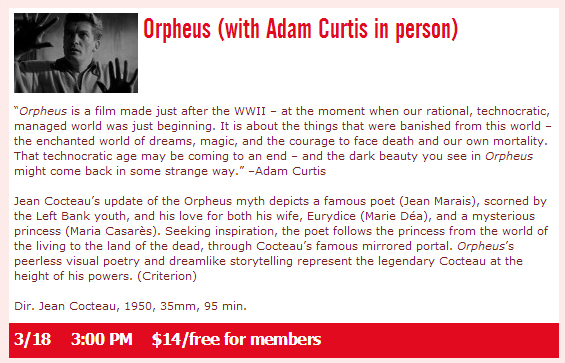


 Miriam Colón, who portrayed Tony Montana's mother in Brian De Palma's Scarface, died Friday. She was 80. According to
Miriam Colón, who portrayed Tony Montana's mother in Brian De Palma's Scarface, died Friday. She was 80. According to 